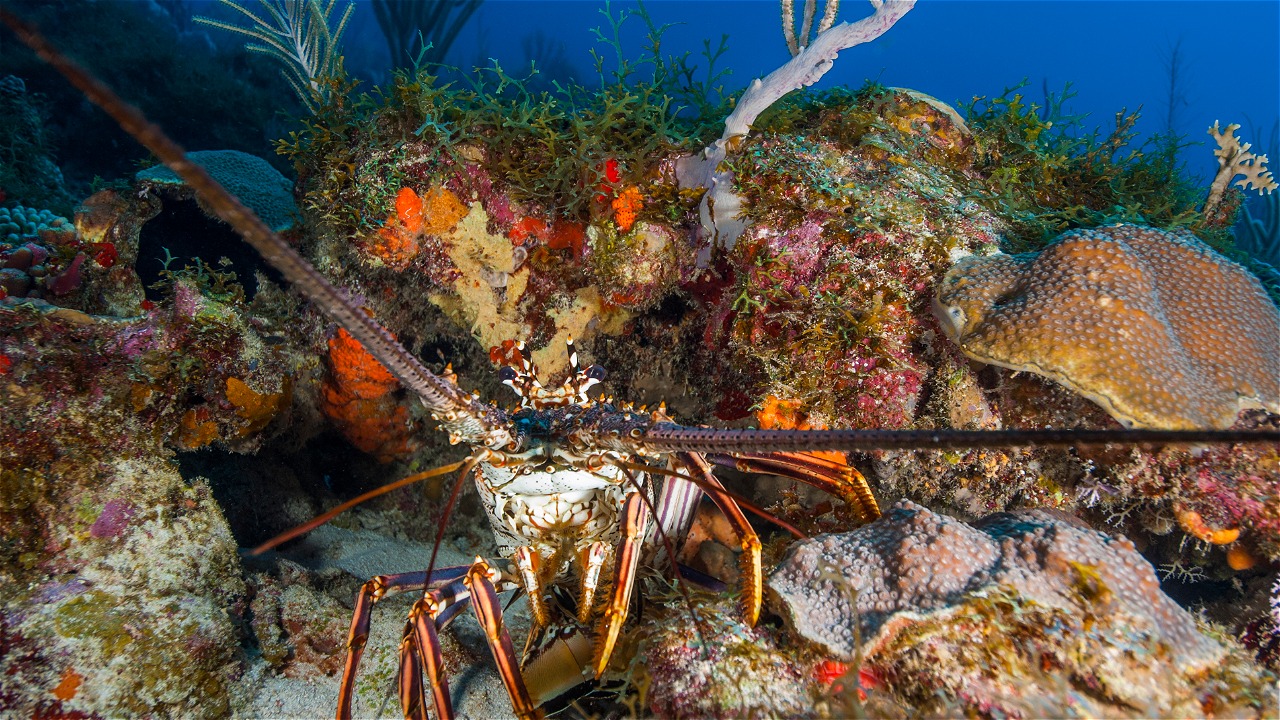MARINE POLLUTION
Poor water and sediment quality are the most serious known pollution threats to Australia’s coastal and marine environments. Land based pollution affects our ocean and coast’s ecology, our health, our enjoyment of our beaches and even our livelihoods derived from commercial use of marine resources. Effective action must be taken now to prevent land-based sources of sediment, nutrient and pesticide pollution from further damaging in-shore reefs.
The most well known marine polluting events are oil spills. Such spills cause huge damage to the marine environment but are, in fact, responsible for only around 12% of the oil entering our seas, on average, each year. According to a study by the US National Research Council, 36% of oil comes down drains and rivers as waste and run-off from cities and industry.
Fertiliser run-off from farms and residential lawns is a huge problem for coastal areas. The extra nutrients cause eutrophication – the flourishing of algal blooms that deplete the water’s dissolved oxygen and suffocate marine life. Eutrophication has created enormous dead zones in several parts of the world, including the Gulf of Mexico and Baltic Sea.
In many parts of the world, sewage flows untreated, or under-treated into the ocean. For example, 80% of urban sewage discharged into the Mediterranean Sea is untreated. Although this is less common in Australia, treated sewage is discharged into coastal and marine environments and, when sewage infrastructure fails, raw sewage can flow untreated into our marine environments.
Toxic chemicals enter the marine environment through deliberate illegal dumping or through run-off from land-based activities. Almost every marine organism, from the tiniest plankton to whales and polar bears, is contaminated with man-made chemicals, such as pesticides and chemicals used in common consumer products.
http://www.wwf.org.au/our_work/saving_the_natural_world/oceans_and_marine/marine_threats/pollution/marine_pollution/





